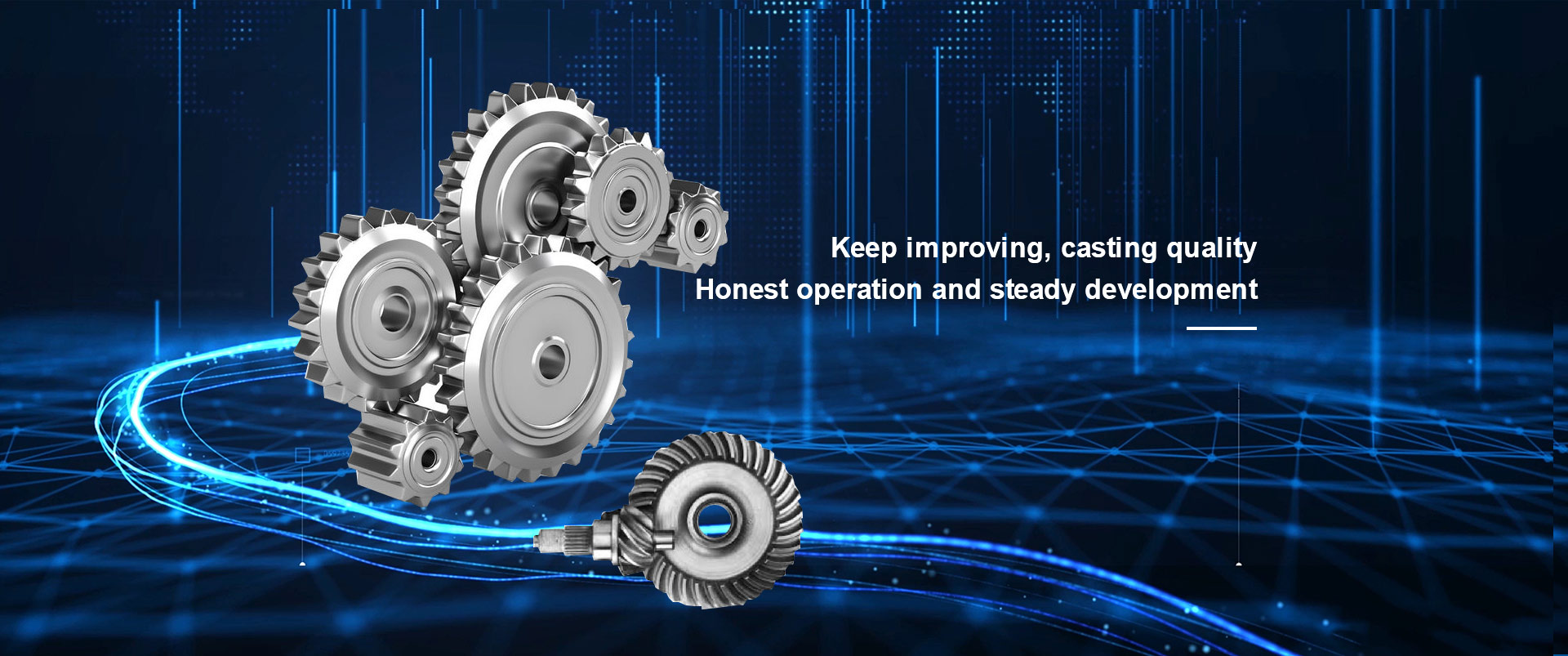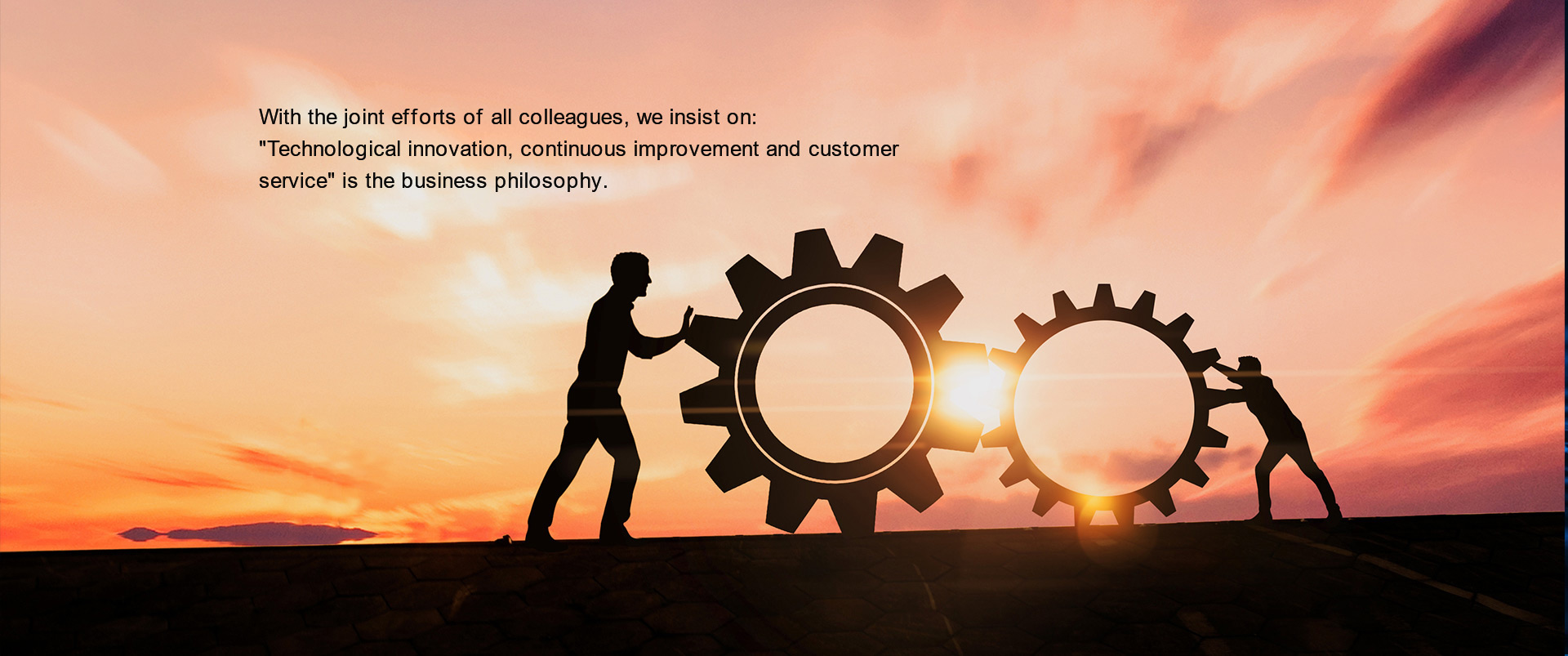Do you know the heat treatment process of P / M materials? Nowadays, P / M materials are more and more widely used. They have obvious advantages in replacing cast iron materials with low density, low hardness and strength. The heat treatment of PM materials includes quenching, chemical heat treatment, steam treatment and special heat treatment.
1. Quenching heat treatment process
Due to the existence of pores, the heat transfer rate of P / M materials is lower than that of dense materials, so the hardenability of P / M materials is relatively poor during quenching. In addition, during quenching, the sintering density of the powder material is directly proportional to the thermal conductivity of the material; because of the difference between the sintering process and the densified material, the homogeneity of the internal structure of the powder metallurgy material is better than that of the densified material, but there is a small heterogeneity of the micro area, so the austenitizing time is 50% longer than that of the corresponding forging, and the austenitizing temperature will be higher when alloy elements are added. , the time will be longer.
In the heat treatment of P / M materials, in order to improve the hardenability, some alloy elements are usually added, such as nickel, molybdenum, manganese, chromium, vanadium and so on. Their functions are the same as those of compact materials. They can refine grains obviously. When they are dissolved in austenite, they will increase the stability of supercooled austenite, ensure the transformation of austenite during quenching, and make the surface hardness of materials after quenching. With the increase of hardness, the hardening depth also increases. In addition, tempering treatment should be carried out for all P / M materials after quenching. The temperature control of tempering treatment has a great influence on the performance of P / M materials. Therefore, the tempering temperature should be determined according to the characteristics of different materials to reduce the impact of tempering brittleness. The general materials can be tempered for 0.5-1.0h in air or oil at 175-250 ℃.
2. Chemical heat treatment process
Chemical heat treatment generally includes three basic processes: decomposition, absorption and diffusion. For example, the reaction of carburizing heat treatment is as follows:
2CO = [C] + CO2 (exothermic reaction)
CH4 = [C] + 2h2 (endothermic reaction)
After decomposition, carbon is absorbed by the metal surface and diffused to the inside gradually. After obtaining enough carbon concentration on the surface of the material, the surface hardness and hardening depth of the powder metallurgy material will be improved by quenching and tempering treatment. Due to the existence of pores in powder metallurgy materials, the active carbon atoms infiltrate into the interior from the surface to complete the chemical heat treatment process. However, the higher the material density is, the weaker the pore effect is, and the less obvious the effect of chemical heat treatment is. According to the pore characteristics of P / M materials, the heating and cooling speed is lower than that of dense materials, so it is necessary to extend the holding time and increase the heating temperature when heating.
The chemical heat treatment of P / M materials includes carburizing, nitriding, sulfurizing and multi-element co infiltration. In the chemical heat treatment, the hardening depth is mainly related to the density of the materials. Therefore, the corresponding measures can be taken in the heat treatment process, for example, when the material density is greater than 7g / cm3, the time can be appropriately extended. The wear resistance of the material can be improved by chemical heat treatment. The uneven austenitic carburizing process of P / M material can make the carbon content of the surface of the carburized layer of the material after treatment reach more than 2%. The carbide is evenly distributed on the surface of the carburized layer, which can improve the hardness and wear resistance very well.

 中文
中文  English
English 

